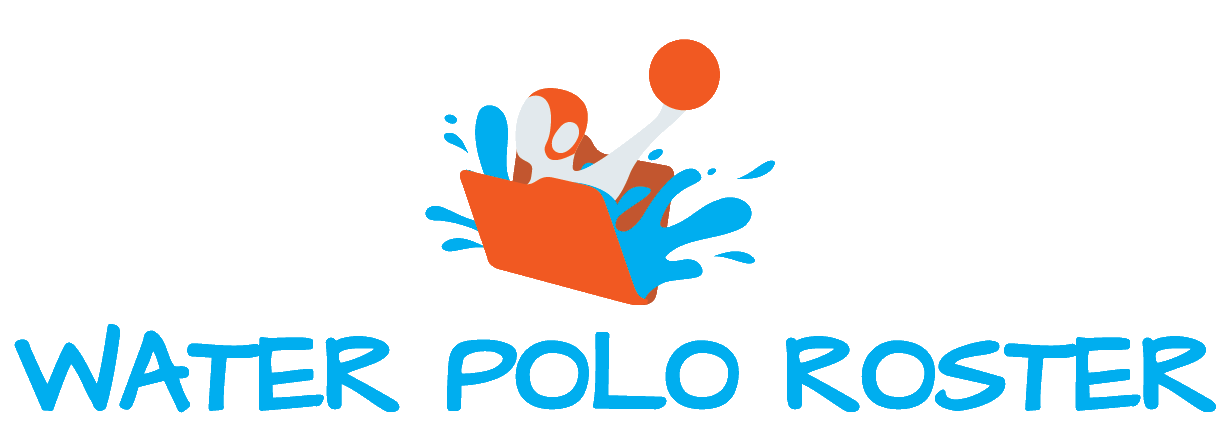Comparing High School Water Polo in the USA to Youth Water Polo in European Clubs
Introduction
Water polo, while a niche sport in many regions, enjoys various levels of popularity and support across the globe. Differences in playing style, training, and overall approach can often be observed when comparing the American high school water polo system with the youth categories in European clubs. These differences can be attributed to several factors, including cultural significance, available resources, and developmental goals.
Structural Differences
League Structure and Competition
In the USA, high school water polo is primarily organized within school systems. Teams compete in seasonal leagues that culminate in state championships based on geographic region. This system promotes strong school spirit and a community-centered approach to the sport.
In contrast, European clubs operate as part of broader leagues that may cross regional and even national boundaries. Clubs focus on all-year-round development and participate in multiple age-specific competitions which are usually more intense and higher in quality than most high school matches.
Club vs. School Affiliation
American high school teams are tied to educational institutions, meaning players are primarily students first. European clubs are dedicated sports organizations, and while they often have educational partnerships, the primary focus remains on sporting excellence.
Training Regimens
The intensity and focus of training in these two systems reflect their structural differences. In the US, high school teams might practice for a part of the year and typically balance training with academic and other extracurricular commitments. European youth players at clubs often follow more rigorous, year-round training schedules designed to develop professional-level skills from a young age.
Cultural Significance
In many European countries like Hungary, Italy, and Croatia, water polo is a significant part of the sporting culture, which translates into extensive media coverage and public interest even at youth levels. This environment fosters early exposure to high-pressure games. Conversely, in the USA, while water polo is growing, it does not command the same cultural footprint, which may influence the level of competition and public engagement.
Talent Development and Professional Opportunities
European clubs often serve as feeder systems into professional leagues and national teams. Talented youths are identified early and groomed through the club system with a clear path to professional play. American players typically follow a path through high school to college water polo, which can also lead to professional opportunities, though these are less direct and the professional scene in the US is not as developed as in Europe.
Conclusion
While both the American and European systems have their merits, they differ considerably in structure, training intensity, and cultural impact, affecting the development of players. Understanding these differences is crucial for anyone involved in this sport, whether they are an aspiring player or coach.

